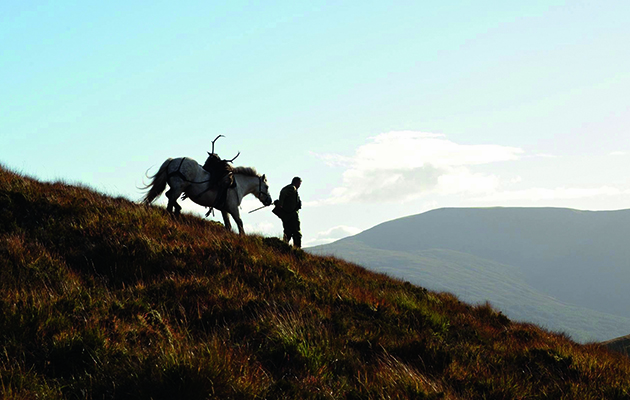Scottish estates urged to seek rates relief
While some shoots may face vastly increased fees as a result of Scottish land reform, others may escape the sporting rates entirely

Deer forests and shooting estates in Scotland face a repeal of sporting rates
Scottish landowners are being urged to take advantage of rates relief to avoid paying “eye-watering” new sporting fees.
Scottish Assessors has issued notices to around 6,500 landowners after repealing rates exclusions on shoots and deer forests brought in by the Land Reform Act. The rates will apply to any landholding with sporting potential — regardless of whether shooting takes place there or not.
Holyrood could seize private land through Scottish Land Reform Bill
Scottish ministers will have the right to force the sale of private land through the Scottish Land Reform Bill, it…
Scottish Land Reform Bill could soar the price of shooting and stalking
Ordinary deerstalkers and gameshooters could be the first to suffer following the publication of the Scottish Land Reform Bill last…
When the Land Reform Bill was first published in 2015, landowners argued that bringing back the rates would make estates unprofitable and force keepers out of work. However, there are options open to many estates, with some able to escape increased rates entirely.
Calum Innes, of property consultancy Galbraith, explained why it is important for businesses to thoroughly check the notice, the information on which it is based, and to use the appeal window. “We have already seen evidence of estates being served with notices advising of apparently eye-watering valuations,” he said. “Equally, we are aware of others that it appears will be eligible for rates relief.
“Critically, the Small Business Bonus Scheme will apply. Currently 100 per cent rates relief is available for those properties where the combined rateable value is less than £15,000. When applied to sporting rates, this means that if you own 1,000 hectares of mixed ground, your rateable value will be in the order of £5,000. Alternatively, if you have 10,000 hectares of grouse moor, your rateable value would be in the order of £10,000. In either case, unless you have other rates liabilities, you should be eligible for 100 per cent relief and have nothing to pay.”
Scottish Countryside Alliance director Jamie Stewart echoed this message: “Rural businesses and landowners need to be proactive in their paperwork, and where applicable submit an appeal within the available time period. While the full impact of the rates will not be known until all appeals have been lodged, there are a number of reliefs available and we expect the majority of valuations to fall into this category.”
However, Mr Stewart raised concerns for those estates that may not find rates relief, saying: “We are frustrated with a range of the charges deemed applicable, particularly in the doubling or in some cases tripling of the rate where multiple species are present and shot by different tenants. Equally, little or no encouragement has been offered to those actively managing deer to reduce numbers as extraordinary culling measures are not considered likely to be discounted, unless managers can demonstrate a significantly lower level of value from the harvest.”










